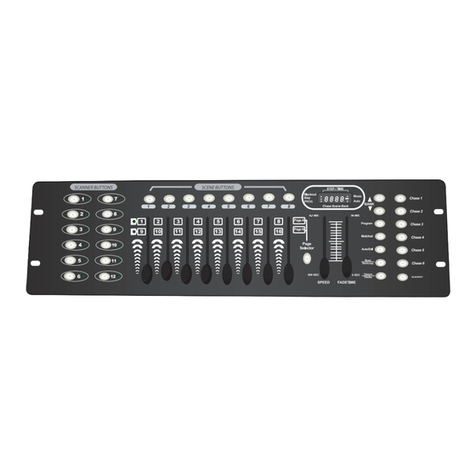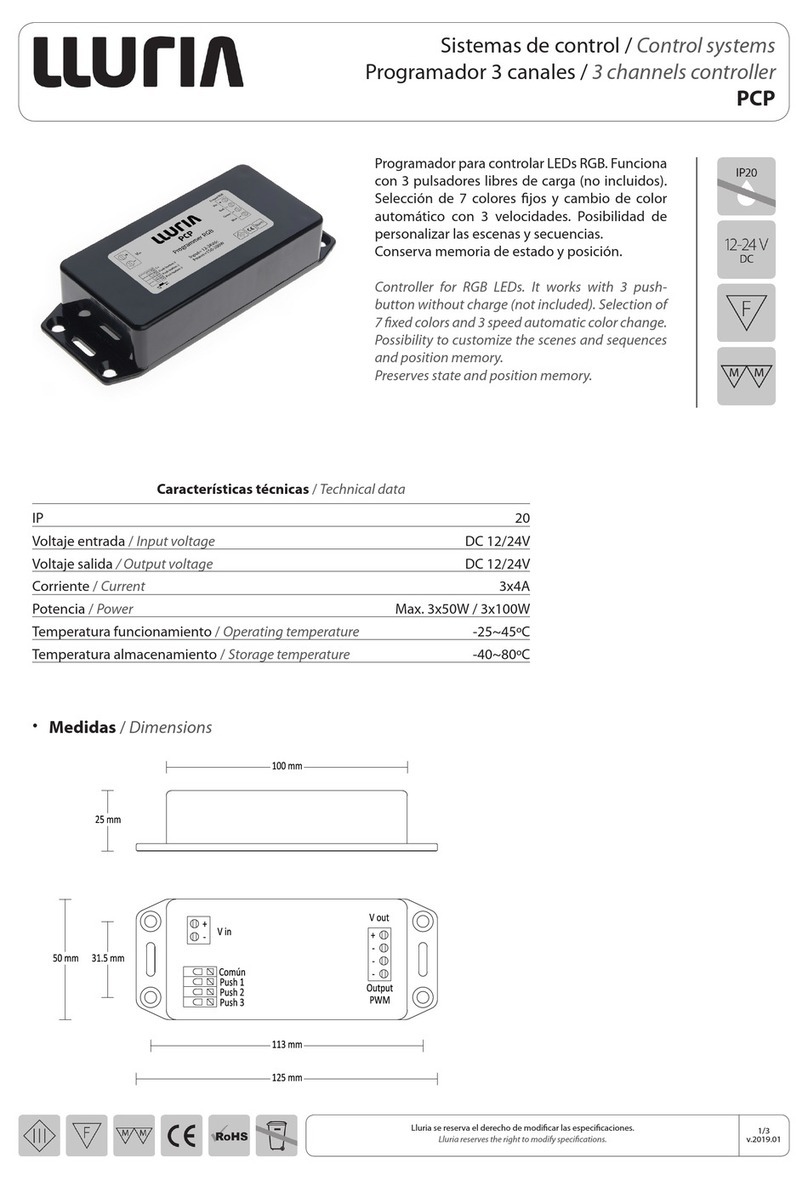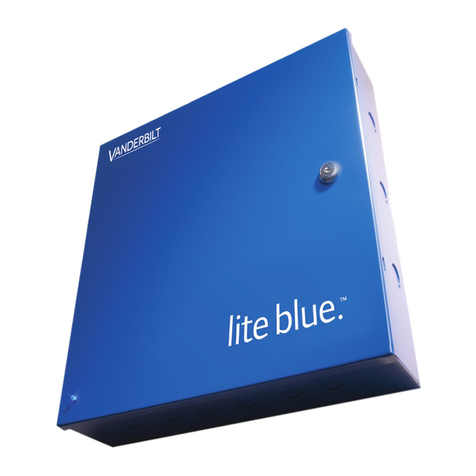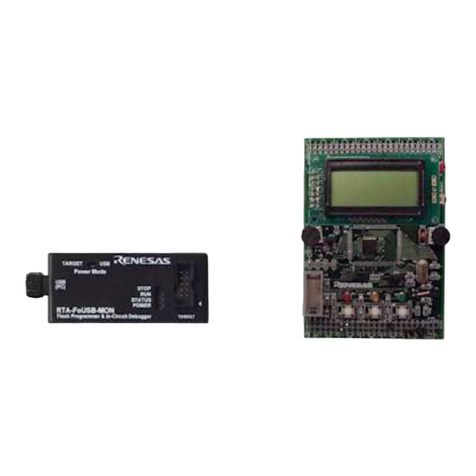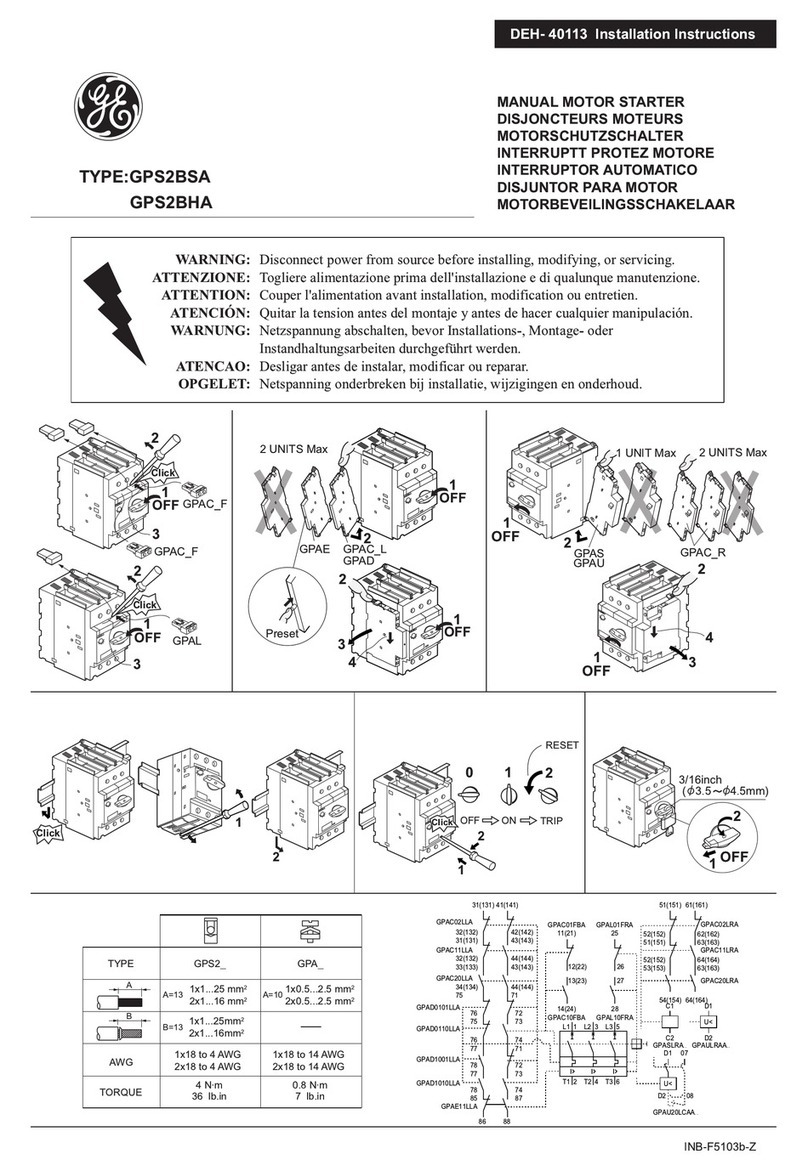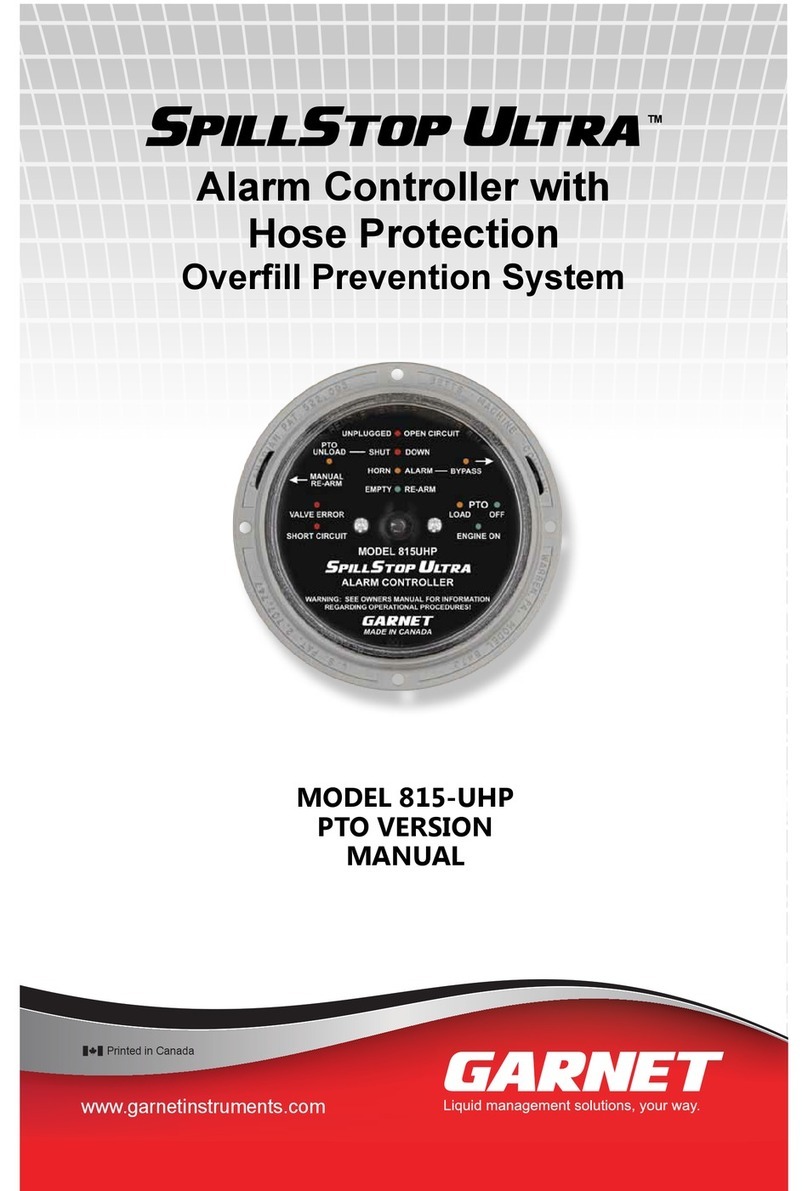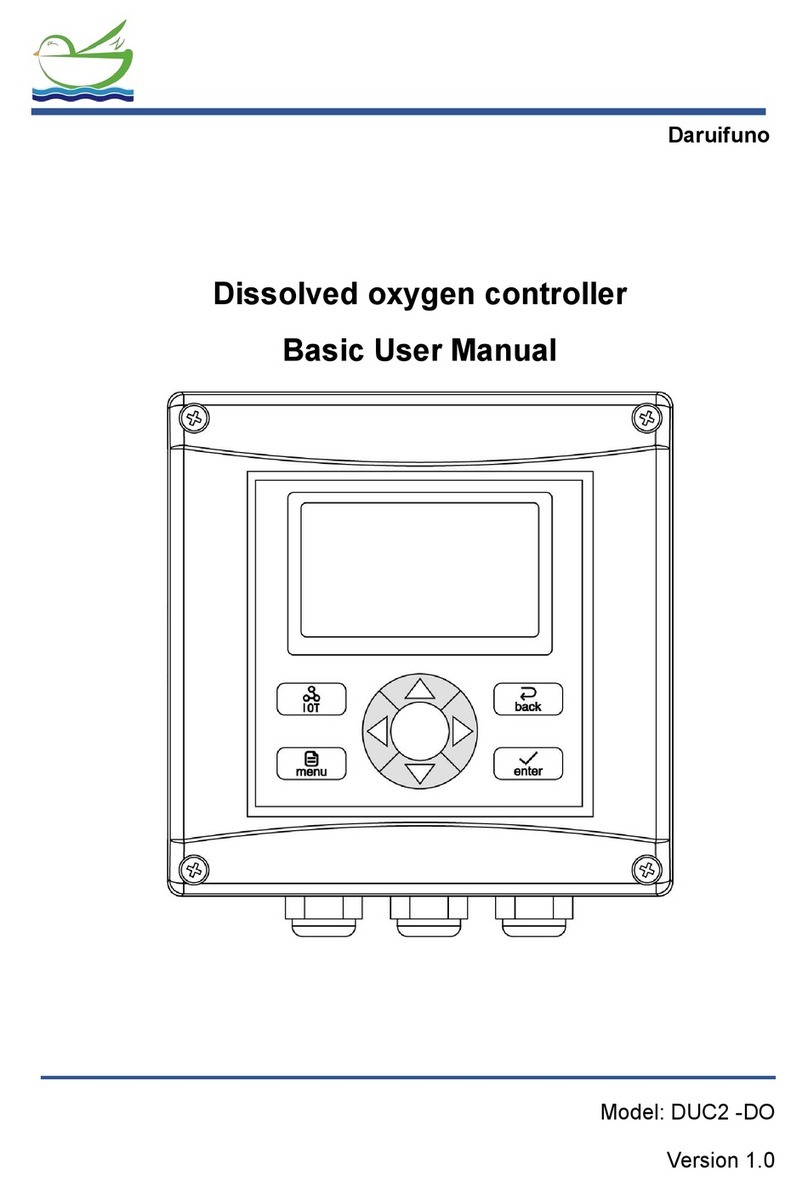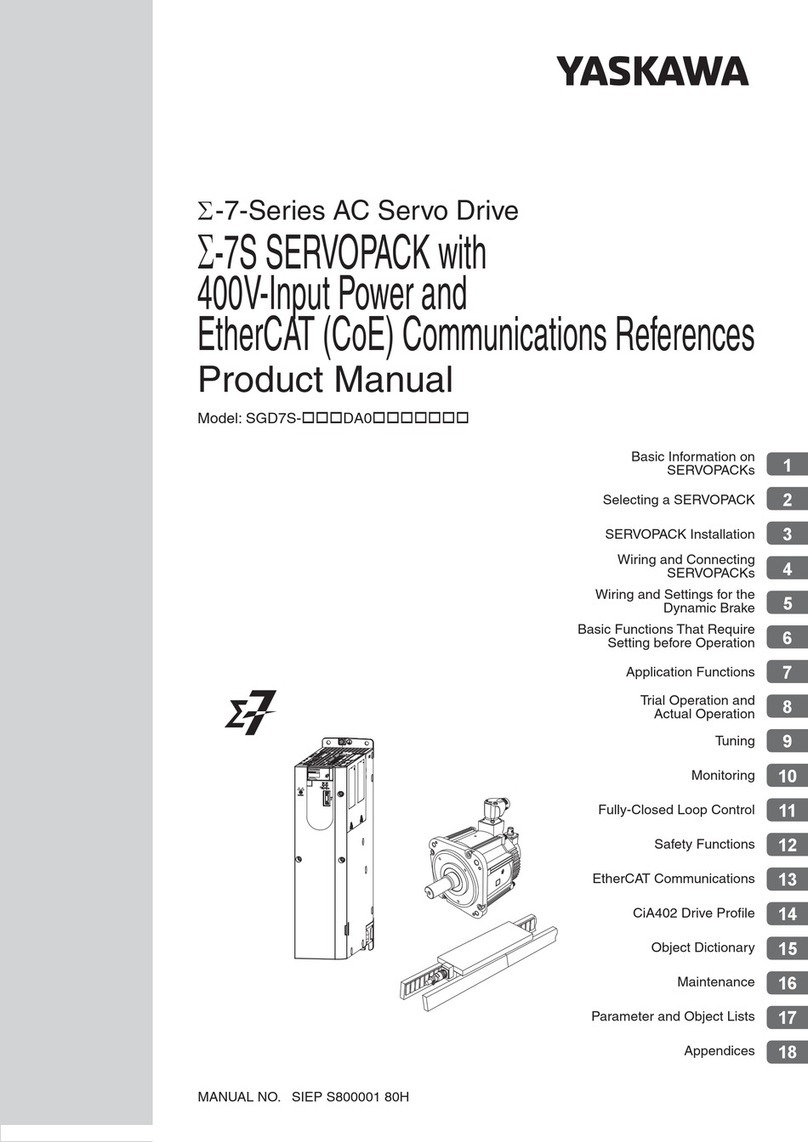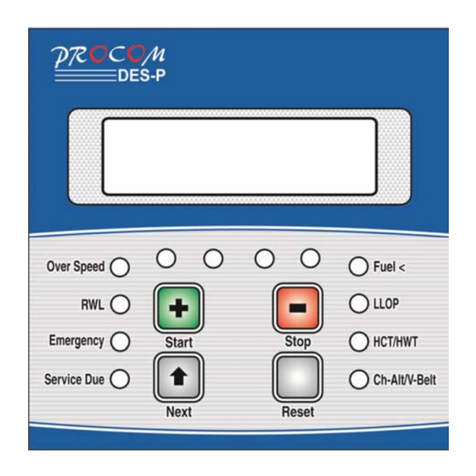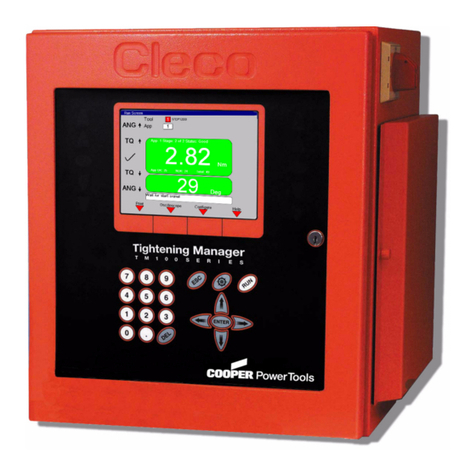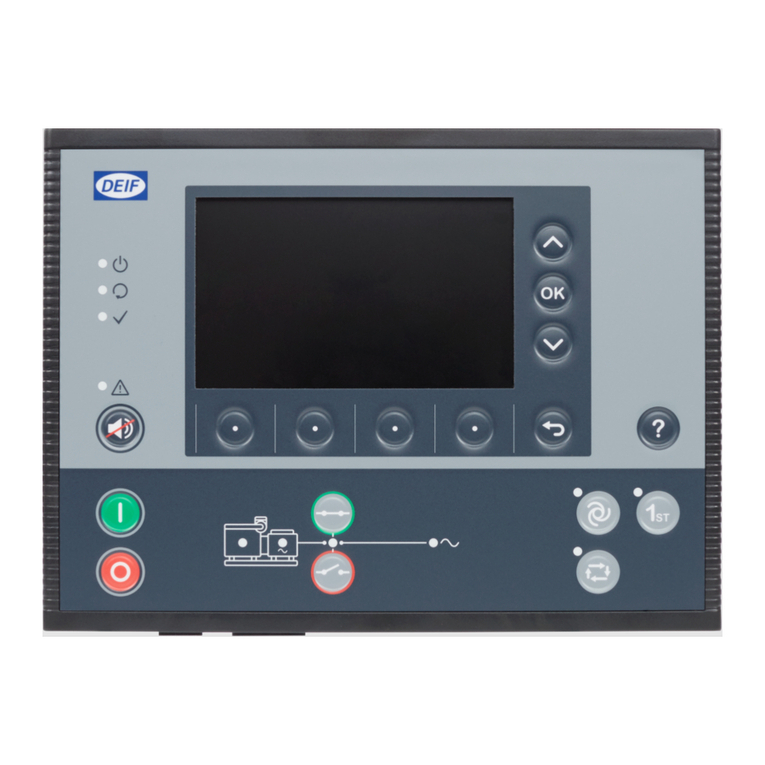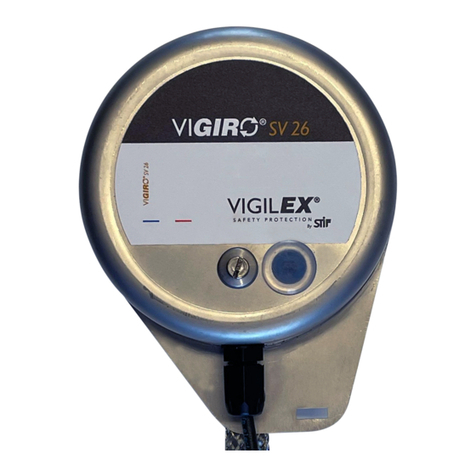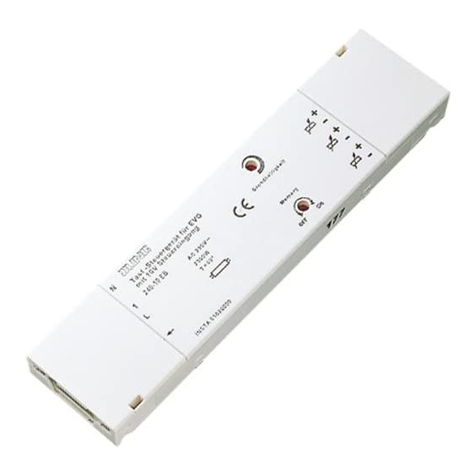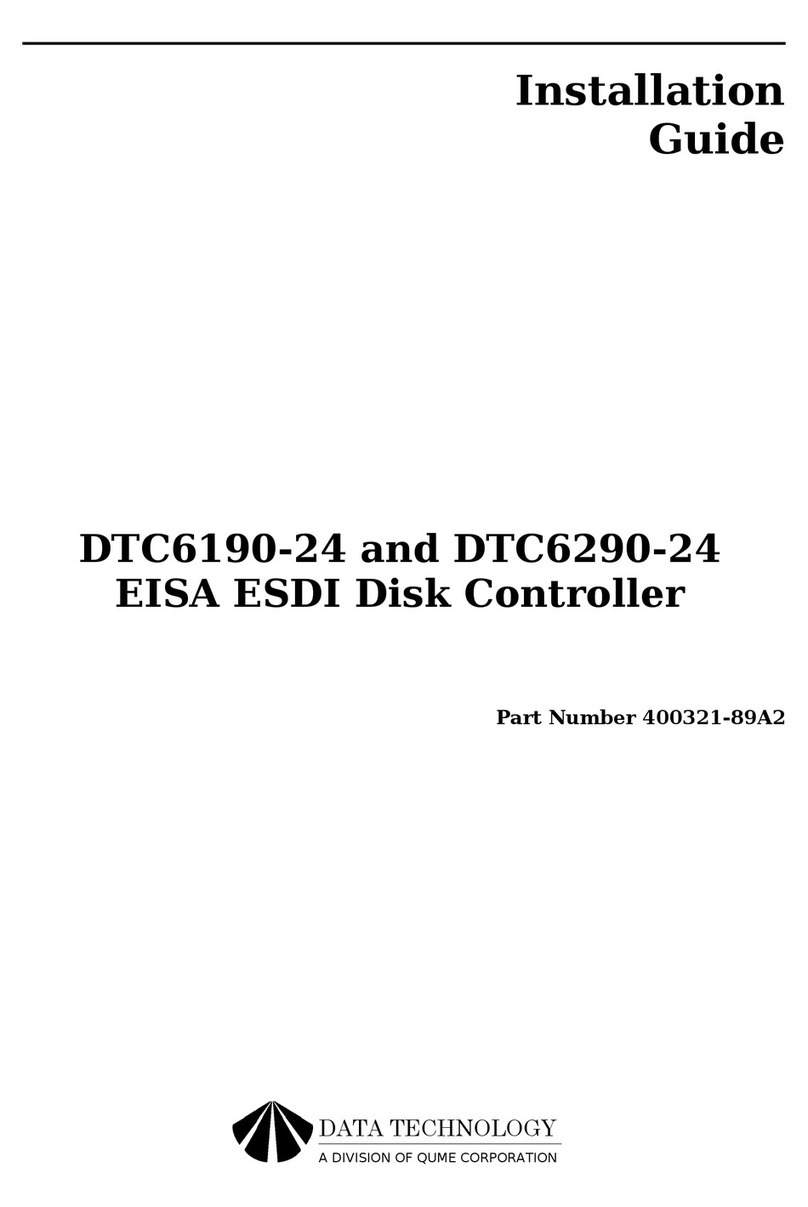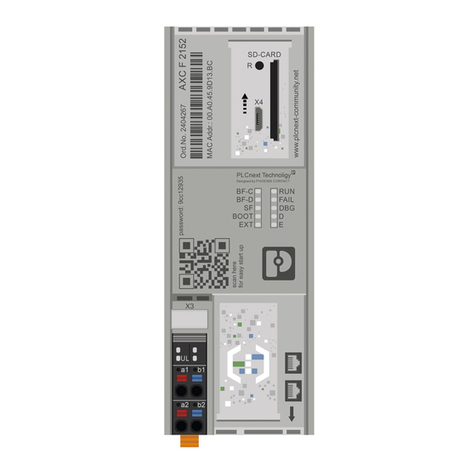Highland VORTEX User manual

1
www.XSscuba.com

2www.XSscuba.com
Introduction
Warnings, Cautions and Notes
General Precautions and Warnings
Enriched Air Nitrox Use
Your Regulator at a Glance
Features
Venturi Lever
Inhalation Control Knob
Reversibility
First Stage Environmental Protection
Second Stage Environmental Protection
Preparing to Dive
Pressurizing your Regulator
Diving
Table of Contents
04
05
06
08
10
11
11
12
13
14
15
16
17
19

3
www.XSscuba.com
Cold Water Diving
Post Dive Procedure
Care and Maintenance
Dealer Inspection and Service
Warranty
Annual Service Record
Table of Contents
19
21
23
25
25
27
Cover & back photo credit @dive_the_cave

4www.XSscuba.com
Introduction
Thank you for placing your trust in the Highland Vortex Regulator. As with other Highland* diving
products, we have designed this regulator to appeal to a more serious diver, perhaps the type of
diver that enjoys diving deeper, in overhead environments or colder waters.
Your Vortex Regulator has been built, and tested, to the highest standards. It is the result of quality
engineering, material selection and precise assembly methods. Each Vortex regulator is 100%
tested prior to nal packaging so that you know it works right the rst time you breathe it.
With proper care and maintenance, your Highland Regulator will continue to deliver its factory-new
performance for many, many years to come.
*Highland is a brand of technical diving products found within XS Scuba family of ne products.

5
www.XSscuba.com
Warnings, Cautions and Notes
It is important to pay special attention to the information provided in warnings, cautions and notes,
which are accompanied by the following symbols:
A WARNING indicates any situation that, if not avoided, could result in serious injury or death.
A CAUTION indicates any situation or technique that could cause damage
to the product, and could subsequently result in injury to the user.
A NOTE is used to emphasize important points, tips, and reminders.

6www.XSscuba.com
WARNING: Before using this regulator, you must have successfully received training and
certication in the technique of SCUBA diving from a recognized training agency (or any Military or
government operated diving school). Use of SCUBA equipment by uncertied or untrained persons
is dangerous and can result in serious injury or death.
WARNING: Keep your regulator in good working condition by having it serviced annually at an
authorized Highland / XS Scuba Dealer. Service, disassembly or adjustment must not be attempted
by persons who are not properly trained to work on this regulator.
WARNING: This regulator has multiple freeze-resistant features on it, which allow it to be safely
used in water that is colder than 50°F / 10°C. This model has been tested in water temperatures
down to 39°F / 4°C.
If you are diving in water temperatures below 50°F / 10°C, you must have successfully completed
cold water specialty training from a recognized training agency (or any Military or government
operated diving school). Diving this regulator in these temperatures without cold water specialty
training can result in a regulator freeze-up, resulting in a rapid loss of your breathing gas supply.
General Precautions and Warnings

7
www.XSscuba.com
WARNING: DO NOT leave the cylinder standing unsecured with the regulator attached to the
valve. Should the cylinder get knocked over, permanent damage may occur to the regulator and the
cylinder valve.
WARNING: DO NOT use the regulator rst stage as a carry handle when lifting or transporting
the cylinder as this can damage the regulator and / or the cylinder valve.
WARNING: Always pressurize the regulator gradually by opening the cylinder valve SLOWLY.
This is especially true when using nitrox as your breathing gas.
WARNING: This regulator is not congured for commercial use with surface supplied air.

8www.XSscuba.com
WARNING: This section contains important information regarding the use of this regulator
with enriched air nitrox. Do not use this regulator with enriched air nitrox if you do not fully
understand this section. To do otherwise puts you at risk of serious injury or death.
WARNING: Obtain an enriched air nitrox diving certication. In order to fully understand
the risks involved with diving elevated percentages of oxygen (above 21%), you must obtain a
certication in enriched air nitrox from a recognized training agency.
Your Highland regulator has been prepared for use with enriched air nitrox (EAN) where the oxygen
percentage does not exceed 40% (EAN40). This is because your regulator was built to a high
standard of cleanliness using EAN compatible parts and lubricant.
If it is your intention to use your new XS Scuba regulator with EAN up to 40%O2, it is critical that you
maintain the internal cleanliness of your regulator (see section on Care and Maintenance).
If it is your intention to use your regulator interchangeably with breathing air, the breathing air
should be “oxygen-compatible” or “hyper-ltered” whereas the condensed hydrocarbons in the air
do not exceed 0.1mg/m3. Your local Highland / XS Scuba Dealer can help you determine whether
the breathing air they provide condensed hydrocarbons in the air do not exceed 0.1mg/m3. Your
local Highland / XS Scuba Dealer can help you determine whether the breathing air they provide
meets this criterion.
Enriched Air Nitrox Use

9
www.XSscuba.com
Standard compressed breathing air, often referred to as “Grade E” does not necessarily meet this
criterion. Grade E breathing air may contain certain levels of hydrocarbons, including traces of
compressor oils, that while not considered harmful to breathe, can pose a risk in the presence of
elevated oxygen content.
Passing hydrocarbons through a valve and regulator creates a cumulative eect where the
hydrocarbons build up over time along the internal passageways of the equipment. When these
hydrocarbons come in contact with high pressure oxygen enriched air, they can pose a very real
hazard that can lead to combustion.
Therefore, if a regulator has been used with Grade E breathing air, it should receive overhaul service,
including hydrocarbon cleaning, prior to being put back into nitrox service.
Although second stage components are not subjected to high pressure EAN, XS Scuba
recommends that the same guidelines apply.

10 www.XSscuba.com
Your Regulator at a Glance
Preparation and Set Up
Your regulator has 2 high pressure ports and 5 medium
pressure ports to attach your various accessories. The high
pressure port is where you would attach your submersible
pressure gauge, console, transmitter or air-integrated
computer. Medium pressure ports are for your primary and
alternate second stages, BC inator hose and possibly a
drysuit inator hose. The addition of a 5th medium pressure
port optimizes hose routings when using twin cylinder set-ups.
CAUTION: XS Scuba recommends
that you have your XS Scuba Dealer
install your accessory items to prevent
over-torquing the hose ttings and to
optimize placement of accessory hoses.
1 Yoke / Knob connector
2 Rotating turret w/ 5MP ports
3 2 HP ports
4 1st stage heat exchanger
5 DIN Connector
6 Miex braided hose
7 2nd stage heat exchange
8 Venturi lever
9 Inhalation control knob
10 Purge cover
11 Comfy-bite mouthpiece
56
7
10
11
8
9
3
2
1
4

11
www.XSscuba.com
FEATURES
Venturi Lever
You will notice a lever on the side of the second
stage opposite the hose connection. Moving
this lever back and forth changes the direction
of the air internally in the second stage. When
pulled back, towards your mouth, to the plus
“+” setting, the air ow creates a “venturi”
eect which creates a nice boost in breathing
performance. When moved forward, away from
the mouth, to the minus “-” setting, the venturi
eect is interrupted which increases your
breathing eort. The deeper you go, the more
noticeable this becomes.
It is important to note, that when the lever is on
the plus “+” setting and the regulator is out of
your mouth, the second stage can get bumped
and go into a freeow condition. Should this
happen, just move the lever to the minus “-”
position and the freeow will stop.
NOTE: The simplest way to use this
performance feature is to place the lever in the
plus “+” position when the regulator is in your
mouth and move it to the minus “-” position
when it is out of your mouth.

12 www.XSscuba.com
The Inhalation Control Knob, located next to the
venturi lever, adjusts the eort required to initiate
each inhalation cycle. As it is turned in (clockwise),
the opening eort will increase.
Turning the knob out (counter-clockwise) will
decrease the opening eort to make breathing
easier. Sometimes, when turned out all the way,
a slight hissing (air leak) may be heard. If this occurs,
turn the knob in (clockwise) just enough to stop
the hissing.
The Inhalation Control Knob is particularly useful at
deeper depths, or in variable conditions that aect
the opening eort of the second stage, such as facing
into strong currents or while using a diver propulsion
vehicle (DPV). It will also allow compensation for a dierence in the hydrostatic pressure between
your second stage and the center of your lungs, such as when you are in a head-down position.
You can use the Inhalation Control Knob to tune your regulator to maintain its peak performance
throughout the course of your dive, or you can leave it set in its mid-range position and dive with as
you would any non-adjustable second stage.
Inhalation Control Knob

13
www.XSscuba.com
The Vortex second stage is a reversible second stage. It comes in a right hand (RH) conguration with the
hose entering it from the right when it is in your mouth. However, a trained Highland Technician, using a
LH/RH Reversal Kit, p/n RPH650, can reverse it so that the hose comes in from the left when it is in your
mouth. This can be a useful feature oering much greater exibility for various kit congurations.
WARNING: A RH/LH conversion must only be performed by an Authorized Highland Regulator
Technician. Disassembly, adjustment, or repair must not be attempted by persons who are not factory
trained and authorized by Highland.
Reversibility
Right Hand Left Hand

14 www.XSscuba.com
Diaphragm rst stages have an ambient
chamber where waters enters so that
ambient pressure can transfer to the main
diaphragm. In cold water, it is possible for
ice to form in this chamber, interfering
with normal operation of the regulator.
The Highland Vortex features an
environmental dry system, which seals
o the ambient chamber and prevents
water from entering it. It is comprised of
an external, secondary diaphragm and
a unique piston which transfers ambient
pressure from the external diaphragm to
the internal, main diaphragm.
While this environmental dry system is
eective at preventing ice build up inside
the rst stage, it does not prevent ice
from forming in the second stage.
First Stage Environmental Protection

15
www.XSscuba.com
Even though you may be diving in cold
water, the breathing gas entering your
second stage is even colder! Without
proper technique, there is a chance that
the second stage regulator can freeze up.
To minimize this possibility, the Highland
Vortex Regulator has a heat exchanger, or
heat sync, which surrounds the second
stage valve. This part allows the warmer
ambient water to “heat” the second stage
valve, while allowing the cold from the
valve to dissipate into the surrounding
water. The result is an increased
resistance to freezing.
WARNING: This regulator has multiple freeze-resistant features on it, which allow it to be safely
used in water that is colder than 50°F / 10°C. This model has been tested in water temperatures
down to 39°F / 4°C.
If you are diving in water temperatures below 50°F / 10°C, you must have successfully completed
cold water specialty training from a recognized training agency (or any Military or government
operated diving school). Diving this regulator in these temperatures without cold water specialty
training can result in a regulator freeze-up, resulting in a rapid loss of your gas supply.
Second Stage Environmental Protection

16 www.XSscuba.com
Preparing to Dive
Attaching the First Stage to a Cylinder Valve – Yoke Connection
Partially loosen the yoke screw to remove the dust cap.
Vent a small amount of air from the cylinder valve to blow out any dust, debris or moisture.
Inspect the condition of the cylinder valve-oring. Replace if damaged or missing.
Place the regulator’s connection yoke over the valve so that the inlet tting of the regulator seats against
the valve’s o-ring AND the primary second stage hose routes over the diver’s desired shoulder. Hold in
place while you turn the yoke screw clockwise until snug. Conrm that the yoke screw engages the small
dimple on the back of the cylinder valve.
CAUTION: Over-tightening the regulator on the valve can cause damage and make it dicult to
remove the regulator after the dive. It is the valve o-ring that forms the seal, not excessive tightening of
the yoke screw.

17
www.XSscuba.com
Attaching the First Stage to a Cylinder Valve – DIN Connection
Vent a small amount of air from the cylinder valve to blow out any dust, debris or moisture.
Inspect the o-ring at the leading edge of the DIN connector. Replace if missing or damaged.
Line up the regulator’s DIN connection with the valve inlet. Be certain that the primary second stage
hose routes over the diver’s desired shoulder. Thread the DIN connector into the cylinder valve and
tighten by hand until snug. DO NOT use a tool to tighten.
CAUTION: Over-tightening the regulator on the valve can cause damage and make it dicult to
remove the regulator after the dive. It is the DIN connector o-ring that forms the seal, not excessive
tightening of the DIN handwheel.
Pressurizing Your Regulator
Place the venturi lever in the minus “-” position. Turn the inhalation control knob, clockwise, all the
way inward.
Make sure that your pressure gauge, or air-integrated computer, faces away from you.
Pressurize the regulator by SLOWLY opening the cylinder valve. Continue to open the valve all
the way.

18 www.XSscuba.com
WARNING: When opening your cylinder valve to pressurize your regulator, open the valve SLOWLY.
This will minimize the generation of heat. Failure to do so while using elevated percentages of oxygen,
increases your risk of combustion, which can lead to serious injury or death.
Listen for leaks near both stages of the regulator, any accessories and along the length of the hoses. If
there is air leaking between the regulator and the cylinder valve, follow the procedures for removing the
regulator from the valve. Replace the valve o-ring and reseat the regulator. If leakage persists, return the
regulator with cylinder to your local Highland / XS Scuba Dealer for inspection and repair.
WARNING: Do not dive if your regulator or its accessories are leaking.
Depress the purge button briey to ensure sucient air ow and to blow out any dust or debris.
Place the regulator in your mouth. Move the venturi lever to the plus “+” position. Turn the inhalation
control knob counterclockwise, all the way out. Then turn it, clockwise, back in until the regulator
breathes comfortably for you without being overly sensitive. Inhale and exhale slowly and deeply.
The regulator should breathe easily without noticeable resistance.

19
www.XSscuba.com
Diving
If you are making an entry or are surface swimming with the regulator out of your mouth, be sure to set
the venturi lever in the minus “-” position and have the inhalation control knob turned all the way in. Once
you place the regulator into your mouth, move the venturi lever to the plus “+” for the remainder of the
dive. Where you set the inhalation control knob will be based upon environmental conditions as well as
your personal preference. See earlier section on the inhalation control knob.
Go ahead, enjoy your dive. If you don’t have to think about your regulator during the dive, then we
succeeded!
At the end of the dive, when you have arrived at the surface, be sure to return the venturi lever to the
minus “-” position and turn the inhalation control knob in before taking the regulator out of your mouth
and exiting the water.
Cold Water Diving
European Norms dene cold water as 50°F / 10°C or lower. In these temperatures, there is a risk of the
regulator freezing up. This risk in increased even more in fresh water vs. salt water. A regulator that
freezes up, usually results in a freeow situation, leading to a rapid loss of your breathing gas.

20 www.XSscuba.com
There are many variables that can lead to a regulator freeze up besides just the water temperature. Other
factors include depth, duration, moisture content of the breathing gas, breathing rate, lung volume and
most importantly diving technique!
Before attempting to dive in these temperatures, it is important that you and your buddy be properly
trained, and certied, in cold water diving procedures. If these procedures are not followed carefully, a
regulator freeze up can occur.
WARNING: This regulator has multiple freeze-resistant features on it, which allow it to be safely used
in water that is colder than 50°F / 10°C. This model has been tested in water temperatures down
to 39°F / 4°C.
If you are diving in water temperatures below 50°F / 10°C, you must have successfully completed cold
water specialty training from a recognized training agency (or any Military or government operated diving
school). Diving this regulator in these temperatures without cold water specialty training can result in a
regulator freeze-up, resulting in a rapid loss of your breathing gas supply.
Table of contents
